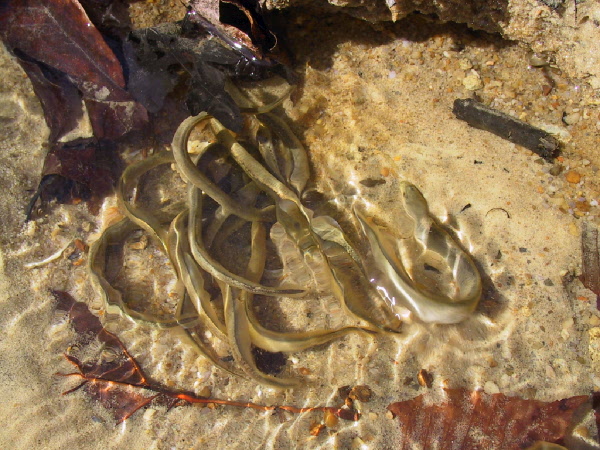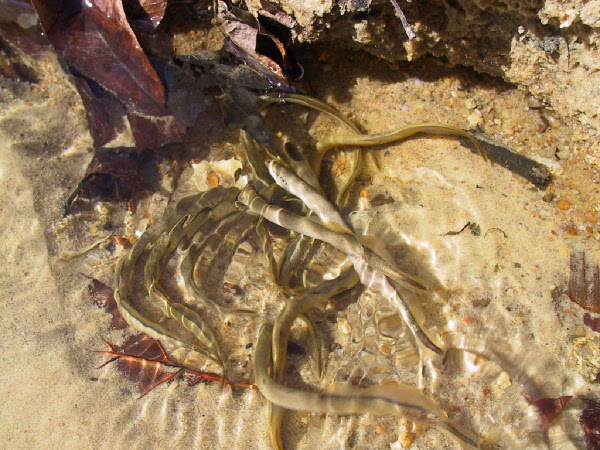2002: A chemical and fish survey of streams of the College Woods.
Adam Spiller (Biology), Morgan Sproul (Biology)
During the spring semester of 2002, we conducted research on six streams in the Lake Matoaka watershed. For the first half of the semester, we collected water samples and performed chemical assays of the streams. The nutrients that were tested for were phosphorus, ammonium, and nitrate. In addition, the salinity, pH, conductivity, dissolved oxygen, and temperature were recorded. Strawberry Plains, Crim Dell, and Pogonia streams were consistently high in phosphorus concentrations, with Crim Dell having the highest recorded level of 2.6 µM. An unexpected result was the low level of phosphorus found in Matoaka Court Stream, since it receives runoff from campus. Berkeley also had low concentration, which was expected because its drainage consists mainly of the College Woods. Phosphorus concentrations increased after rain in all streams except Pogonia and Strawberry Plains. Crim Dell stream had the highest concentration of ammonium as well, registering approximately 2.5 times the concentration found in the other streams. The rain event caused an increase in ammonium concentrations for all streams. Berkeley stream was found to have the highest nitrate concentration, averaging ~42 µM. Crim Dell and Matoaka Court were found to be two of the three lowest in nitrate concentrations. The rain event on 2.6.2002 caused an increase in concentration in all the streams except for Berkeley North, which decreased. All of the streams were slightly basic, but all decreased in pH after rain. Dissolved oxygen and salinity were relatively constant for all dates sampled. Water temperature and conductivity varied, but conductivity decreased after a rain event on 2.6.2002.
On March 12, we searched for populations of Least Brook Lamprey (Lampetra aepyptera) in Berkeley North, Strawberry Plains, and Pogonia streams. All appeared to have suitable conditions for the lamprey, a sandy substrate and shallow, clear, and flowing water. On this day we saw approximately 30 lampreys in Pogonia. We saw some individuals and others in groups of 15, which appeared to be a breeding swarm. One lamprey was seen in Berkeley South on the 21st of March. Professor Hiedeman in Biology reported seeing one lamprey in Strawberry Plains, but we did not find any. The only other fish found in these streams was the mosquito fish in Pogonia.
Fish surveys were conducted from 3.19 - 4.11.2002 using minnow pots and dip nets. The stream with the most diversity was Crim Dell with five species of fish and numerous other stream organisms. College Creek had the second most, with large populations of sunfish and catfish. These streams are the largest streams in the drainage and are fed by ponds farther upstream. No fish populations were found in Matoaka Court, Berkeley North and Strawberry Plains. Aside from lampreys, the suspected reason for this absence in Berkeley and Strawberry Plains is the small size of the streams, and the fact that these streams had no deep sections of water and were primarily rain and groundwater fed. Matoaka Court had areas of pooled water, but had low flow, high levels of iron in the water, and the lowest levels of dissolved oxygen of the streams.

















